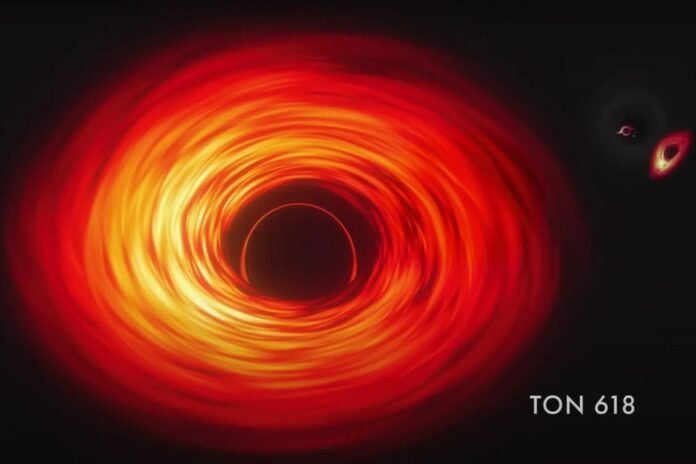An international team of astronomers has presented a new study that provides the first evidence of a seed species in the early universe. The authors of the work believe that supermassive black holes have grown from these cosmic “seeds”.
The study has been accepted for publication in the Astrophysical Journal Letters and is currently published on the arXiv preprint server. Briefly about the opening tells Space.com. The scientists write that the “seeds” they discovered could help explain how some supermassive black holes managed to grow quite fast early in the formation of the Universe.
Such objects are known to have appeared less than a billion years after the Big Bang. However, the mechanism of its appearance and rapid growth remains a mystery. The “seeds” described in the new study, as the authors of the paper say, could be the embryos from which supermassive black holes formed. These are black holes with a mass of about 40 million times the mass of our Sun. It is believed that such objects are formed as a result of the direct collapse of a huge gas cloud. In this they differ from typical black holes, which are born when massive stars near the end of their lives and collapse under their own gravity.
The scientists also note that galaxies containing “seeds” are also unusual. They are called huge black hole galaxies, abbreviated as OBG. These galaxies originated in the early universe, so they have always been difficult to see with telescopes. Recently, however, highly sensitive instruments have appeared, installed in spacecraft, which help in the study of objects so far away from us in time.
The age of the universe is approximately 13.8 billion years. OBG galaxies appeared when the universe was about 400 million years old. And now scientists have finally identified one of these galaxies. It received the name UHZ1. Its existence could be confirmed thanks to data from the James Webb Space Telescope (JWST) and the Chandra space observatory.
The researchers compared the data obtained with the results of previous simulations. The latter showed that the rapid growth of nuclei and their transformation into supermassive black holes was possible in the early Universe. The practical measurements agreed with the theoretical predictions. The best matches the scientists found during the comparison turned out to be “seeds” with a mass of 10,000 times the mass of the sun. The calculations also showed that the growth of these embryos took several hundred million years.

